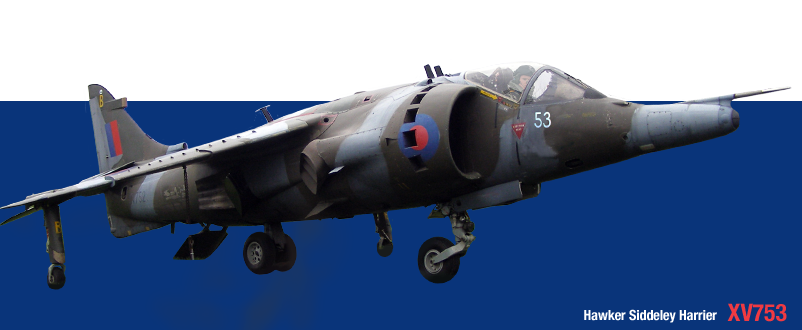
G-AMSV Returns to Coventry
An old friend returned to Coventry yesterday when G-AMSV, in her striking Indian Air force livery, landed here for extensive maintenance by our engineers. Sierra Victor was part of the Air Altantique fleet here for many years. She'll...
Baginton Air Pageant
The initial details for the Baginton Air Pageant are up on the website! As we don't have the space for a full-on air show attracting 20,000 or so people, we're aiming for low-key, themed days like this. A couple of thousand people,...
Newquay Pleasure flights
We promised we'd be back to fly in Cornwall, and here we are. We'll be heading south with a Rapide and Chipmunk to spend a week at Newquay from 25th July, with a further visit planned in August. The flights are bookable in the normal...
New Dakota Book
Geoff Jones just told me that his new book on the DC-3, released to celebrate the 80th anniversary of the Dak's appearance, is now available. The cover sports a lovely shot of G-ANAF, shot by Simon Westwood before her radome goiter was...
Nimrod Engine Run
We've just confirmed plans by NPT to run all four of the Nimrod's Rolls-Royce Speys on Saturday 9th May. We expect the thunder to start just after lunchtime. Come along and enjoy some audio power - and please dip into your pockets...


The Harrier was born out of an approach to Hawker Aircraft by the Bristol Engine Company in 1957. Bristol had been experimenting with directed thrust, and sought an airframe manufacturer to design an aircraft around the concept. Despite serious funding challenges, Hawker rose to the challenge and the Harrier’s ancestor, the Hawker P1127, flew for the first time in 1960.
The potential of the design was apparent from the first flight. It was tricky to control, and an engine failure in the hover was unlikely to end happily, but the new machine would clearly be able to operate from dispersed bases, away from airfield facilities.
This was the height of the Cold War, so the concept of deploying Harriers scattered throughout Eastern Europe was instantly attractive. Supported by nothing more than an Alvis Stalwart, the aircraft could come and go almost invisibly.
The Harrier had been born into a world of supersonic jets, many of which had the capability of exceeding 1,000mph (1,600kph), yet it boasted a maximum speed of little over 700mph (1,120kph). But this figure is misleading. Most jets need to be above 30,000 feet (763m) to return their maximum performance. The Harrier could deliver with its chin on the ground. At low level, its speed, acceleration and physics-defying agility were unbeatable.

